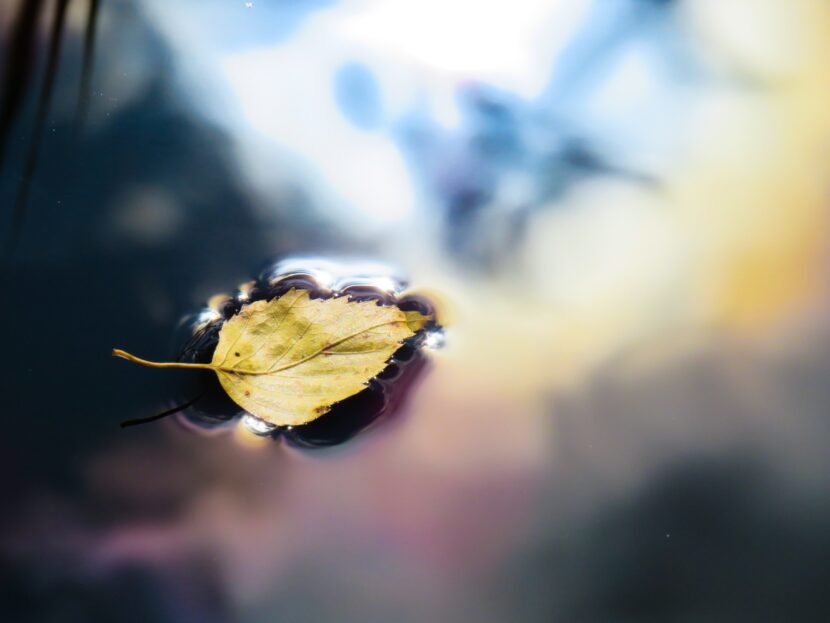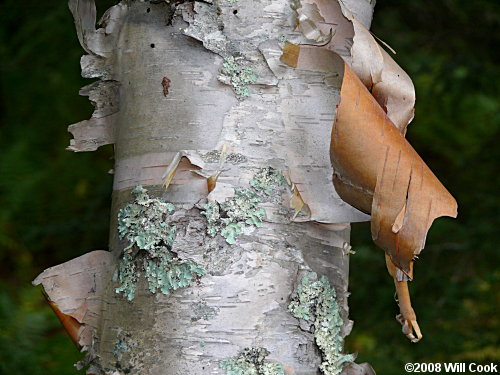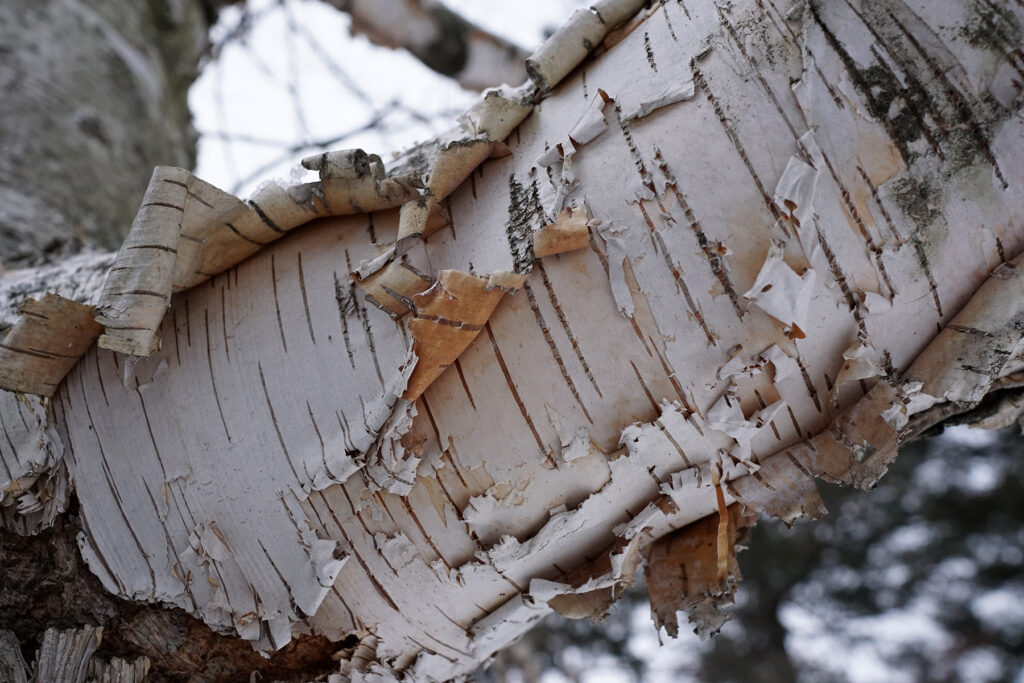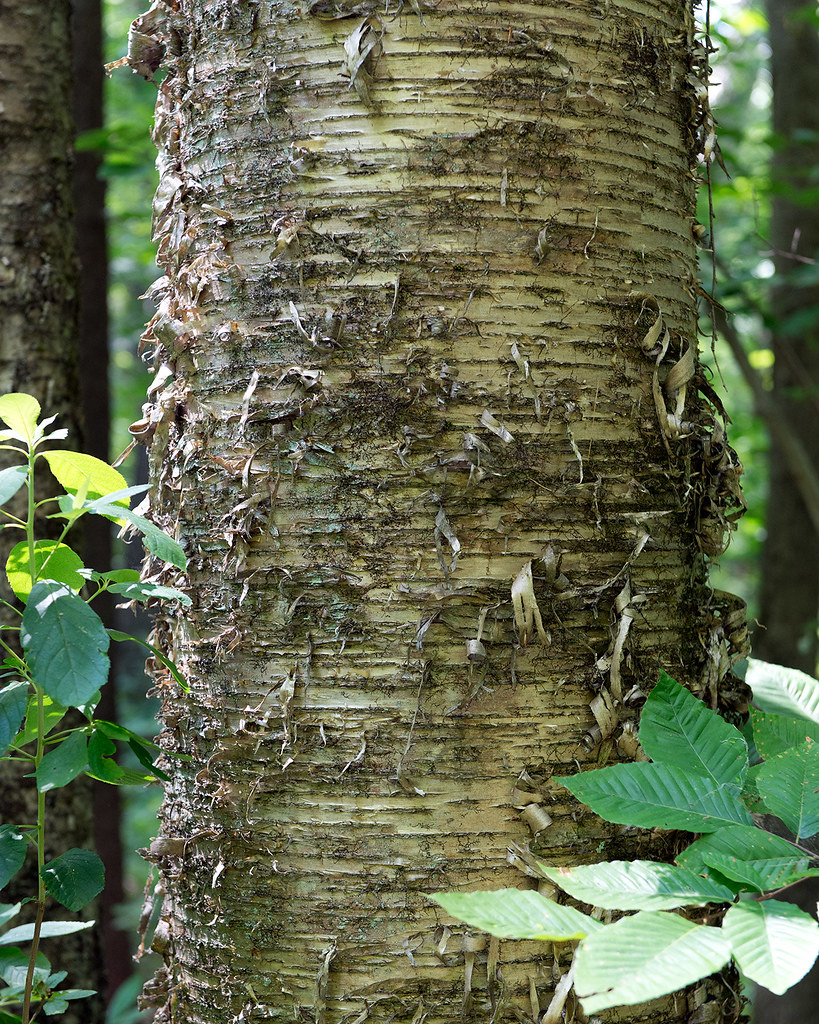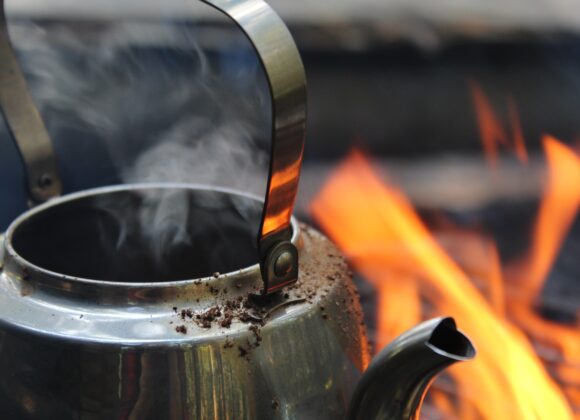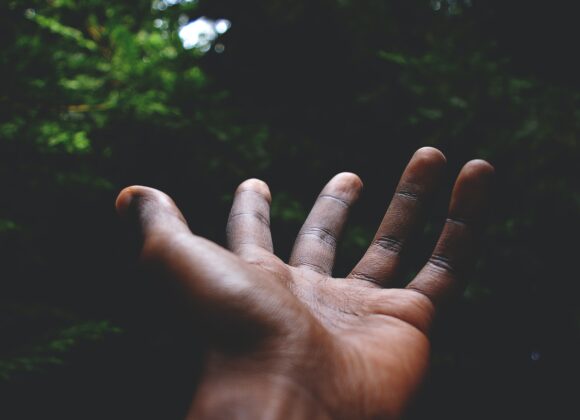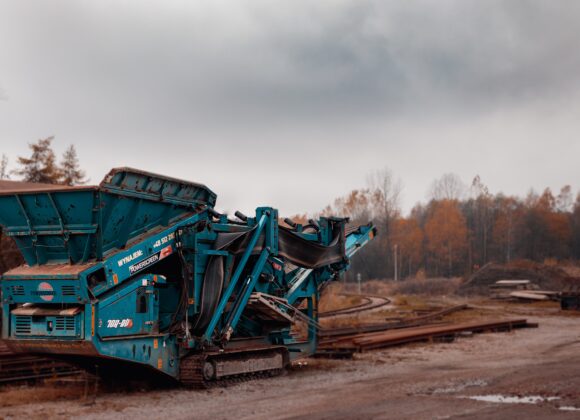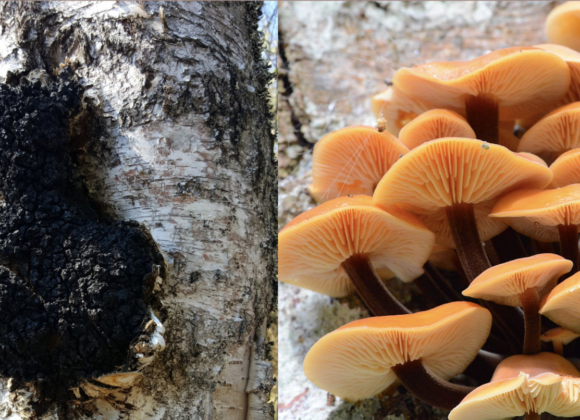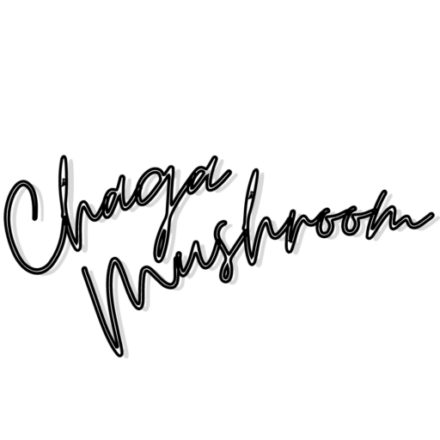The scientific name of the Chaga mushroom is Inonotus obliquus. Chaga starts growing from the inside of a tree, instead of developing on the surface. As it grows and matures, it protrudes from the tree. You’ll be able to recognize the parasitic fungus by its dark, almost black exterior. Looking like something has burnt on the tree. From the inside, it’s a rich orange-brown color with a corky texture. Chaga with the highest nutritional value is found on birch trees. The question we’re looking into is whether harvesting Chaga from a dead birch tree will bring any benefits for you.
Truth is that Chaga will only stay alive and sterile whilst the host tree is living. Meaning that once the birch tree has died, the mushroom will die along with it. Harvesting Chaga from a dead birch tree will not bring you any medicinal value. The fungus will only develop fruiting bodies to start another life cycle.
How to find Chaga in the wild?
These mushrooms grow best on the outside of yellow and white birch trees. If you think that you’ve found Chaga on trees like oak, cherry, or poplar, you might be mistaking the fungus with a burl. Unfortunately, the Chaga’s that are planted on other threes don’t have the same health benefits, as the Chaga growing on birch. Since the healthy compounds and nutrients Chaga contains are produced from birch trees and their sap. Keep in mind that Chaga thrives in cold, damp conditions, and has a great tolerance for surviving hard winters.
It’s important you stay alert and extremely patient with lots of time for seeking, and exploring. Only one in 20,000 birch trees will be host to this polypore. Chaga generally only grows on older trees. So, older growth forests are the best place to look.
Most often you’ll find Chaga mushroom on Paper birch (Betula papyrifera), Yellow birch (Betula alleghaniensis), and Heart-leaved paper birch (Betula cordifolia). It is not always easy to spot due to its camouflage black surface, which blends in with the black and white birch bark. Make sure to keep your eyes off the ground as the most common height range between which Chaga likes to plant itself is 2-10 meters.

Betula papyrifera 
Betula papyrifera 
Betula alleghaniensis
Note that Chaga mushroom is a type of fungi that reproduces thanks to spores, therefore once you’ve found one, it’s most likely that there are more growing in the area. The spores are microscopic biological particles, that travel through the air and determine the next suitable birch bark cracks where a new life cycle for the fungus begins.
RELATED: How to harvest healthy Chaga?
How to avoid harvesting Chaga from a dead birch on accident?
Quite often dead trees are still standing strong. During the growing seasons, it’s easier to tell by looking at the leaves of the tree. However, if you’re finding it hard to distinguish a dead birch tree, look for the following signs:
- No winter buds or leaves
- Many mushrooms on the tree
- Big rotten branches, with a portion of them fallen off
- The tree is less hard (test it by touching and knocking on the wood)
Chaga is prone to absorbing different pollutants around it, which is why it’s important to avoid polluted areas like busy roadsides, forests close to factories, cities, and railroads. The deeper to the forest you go, the higher the quality of your mushroom, meaning the more health benefits you’ll gain.
Which part of Chaga is edible?
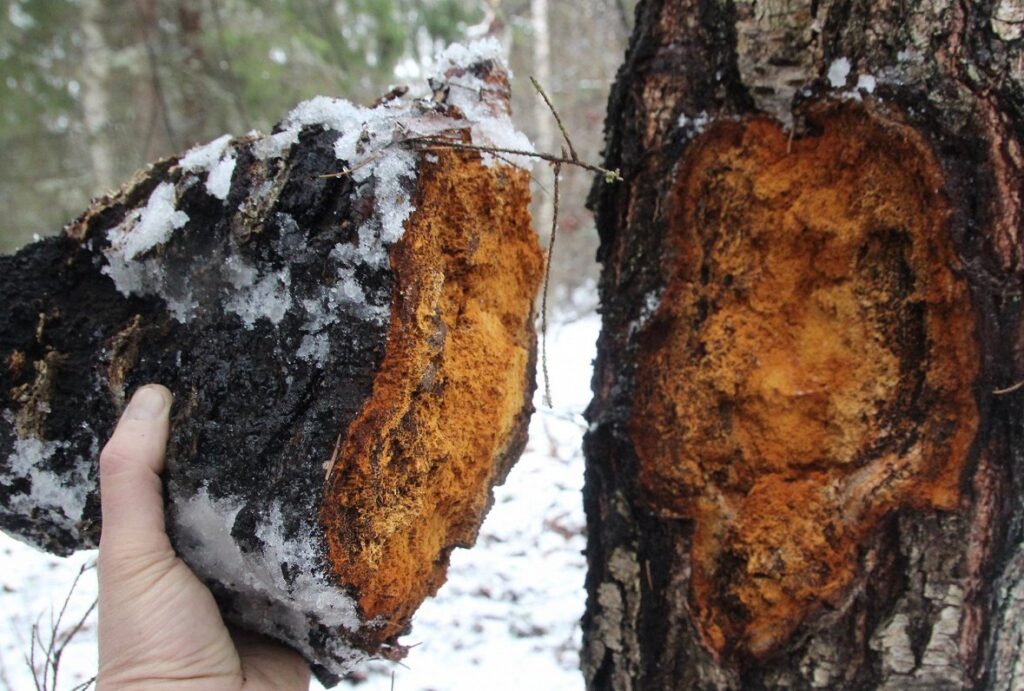
Chaga itself is a hard, dense polypore mass, that’s properties need to be extracted. The extraction requires prolonged simmering or soaking. This process makes the beneficial components bioavailable to the human body – meaning the body is able to absorb the nutrients.
When harvesting Chaga you’ll need to use a sharp knife or a little saw to cut it off without damaging the tree too much. It’s recommended to leave around 40% of the fungus on the tree for sustainable harvesting.
Sclerotium the most beneficial part of Chaga
Sclerotium is a precious part of the superfood, containing high amounts of melanin. Sclerotium is the dark black often burnt-looking outer crust of the fungus. Chaga is even known as one of the highest natural melanin sources in the world. It turns out that melanin has high antioxidant levels due to the number of polyphenols it contains, meaning consuming the fungus will keep your cells healthy. In fact, Chaga has the highest Oxygen Radical Absorbance Capacity (ORAC) score of any superfood, ranking three times higher on the scale than acai berries. The research studies are ongoing to discover whether these advantages can be used as the basis for establishing anti-cancer medications from “The king of mushrooms”.
RELATED: Health Benefits
That’s why we recommend our readers to buy Chaga chunks instead of powder. It’s easy to determine whether the sclerotium is still intact on the nuggets. Also don’t forget, the little chunks can be reused up to 6 times without losing their potency and long brewed tea from the nuggets tends to taste sweeter.
RELATED: Does Chaga increase melanin?
Things to look out for when buying Chaga
- Ultimately the best-harvested Chaga is from fall or winter, not only is the visibility better, due to fallen leaves. But the temperature is below 5 degrees Celsius, and that is when the sap starts to run. Sap is the fluid found in Chaga, containing dissolved mineral salts and nutrients.
- Make sure you trust the people to use best practices for sustainable harvesting. Chaga should never be harvested immature, it takes up to 20 years for the fungi to be considered fully mature. Around 40% (ideally 50%) of the Chaga should always be left on the tree, this allows the sclerotium to grow back.
- Get to know your supplier to make sure they’re doing their business with intergrity – not harvesting their Chaga from dead birch trees or polluted areas.
- Sclerotium is a precious part of the superfood, containing high amounts of melanin. This is where a lot of your antioxidants hide. That’s why we recommend our readers to buy Chaga chunks instead of powder. It’s easy to determine whether the sclerotium is still intact on the nuggets. Also don’t forget, the little chunks can be reused up to 6 times without losing their potency and long brewed tea from the nuggets tends to taste sweeter.


